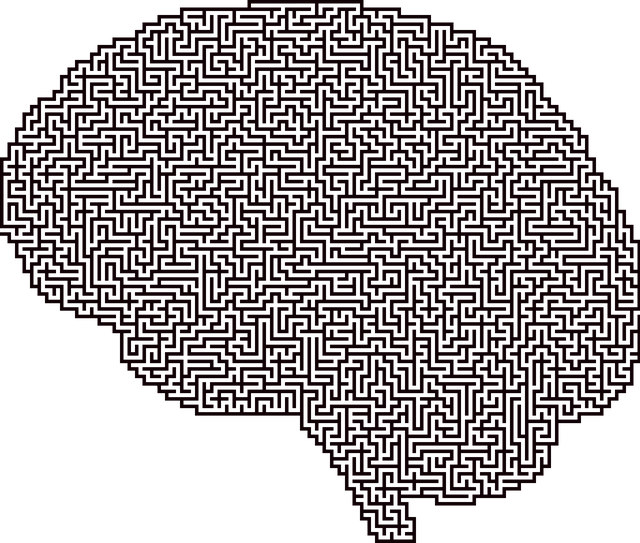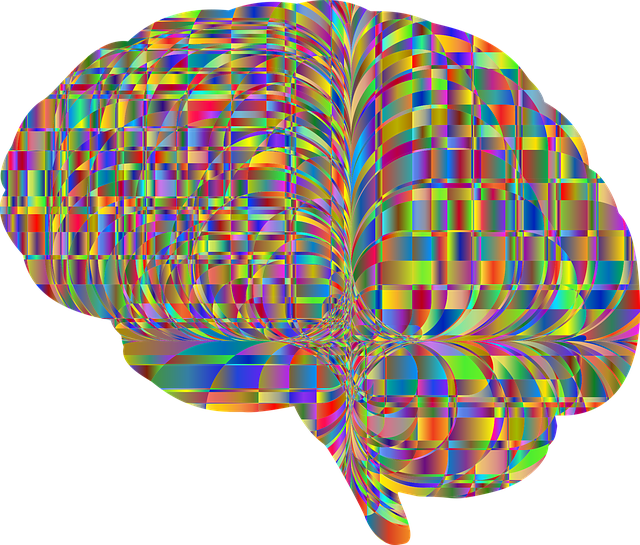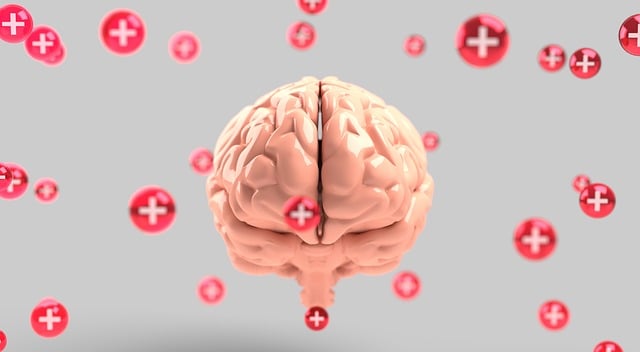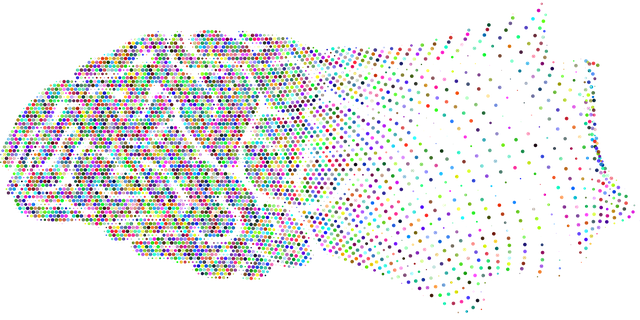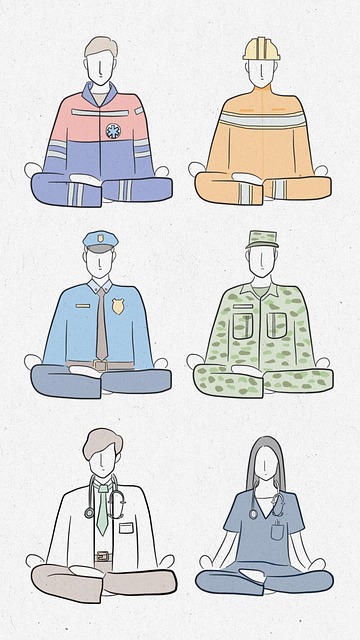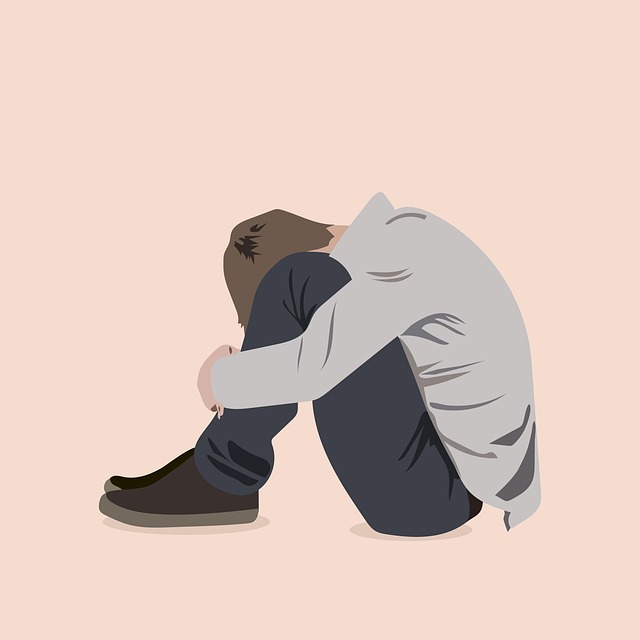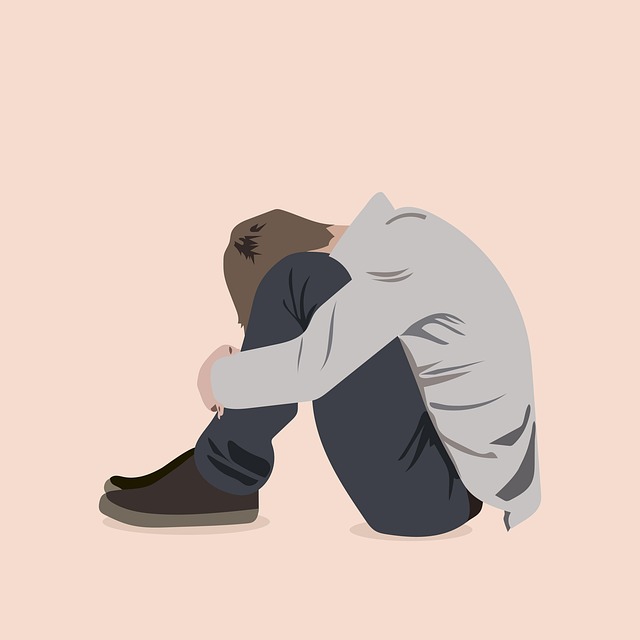Mental health disorders like Golden Panic Disorder (GPD) and Generalized Anxiety Disorder (GAD) significantly impact daily life, with anxiety attacks as a key symptom. Effective navigation involves understanding these disorders, leveraging therapy (e.g., CBT), and adopting self-care techniques. Recognizing GPD symptoms, seeking professional help for accurate diagnosis and tailored CBT, and practicing journaling or compassion cultivation are crucial steps in managing anxiety attacks. Comprehensive care, combining therapy with personal coping mechanisms, enhances mental wellness, particularly for GPD and Anxiety Attacks Therapy.
Navigating mental illness can be overwhelming, especially when dealing with conditions like Golden Panic Disorder and Anxiety Attacks. This comprehensive guide aims to demystify mental health disorders, offering insights into recognizing symptoms, understanding the diagnosis process, and exploring effective therapy options for anxiety-related conditions. From identifying golden panic disorder to embracing self-care strategies, this article is your map through the healing journey. Discover how to access support systems and navigate therapy for a brighter, more balanced life.
- Understanding Mental Health Disorders: A Comprehensive Overview
- Recognizing the Signs: Identifying Golden Panic Disorder and Anxiety Attacks
- The Diagnosis Process: How Healthcare Professionals Assess Your Condition
- Exploring Treatment Options: Effective Therapy for Managing Anxiety
- Navigating the Healing Journey: Support Systems and Self-Care Strategies
Understanding Mental Health Disorders: A Comprehensive Overview

Mental health disorders encompass a wide range of conditions that affect a person’s emotional, psychological, and social well-being. These disorders can manifest in various forms, from common yet manageable issues like stress and anxiety to more severe and complex conditions such as Golden Panic Disorder. Anxiety attacks, a symptom often associated with Golden Panic Disorder, can be debilitating and significantly impact daily life.
Understanding these disorders is the first step towards effective navigation of diagnosis and treatment. Therapy plays a pivotal role in managing mental health conditions, offering evidence-based approaches to alleviate symptoms. Techniques like cognitive-behavioral therapy (CBT) have proven successful in treating anxiety disorders, focusing on identifying and changing unhelpful thought patterns and behaviors. Additionally, stress reduction methods, emotional intelligence development, and maintaining a mental wellness journal are valuable tools that can empower individuals to take an active role in their mental health journey.
Recognizing the Signs: Identifying Golden Panic Disorder and Anxiety Attacks

Recognizing the signs of Golden Panic Disorder (GPD) and anxiety attacks is a crucial first step in navigating mental health care. While occasional worry and fear are normal parts of life, GPD is characterized by persistent and intense anxiety that interferes with daily functioning. Symptoms can include rapid heartbeat, sweating, trembling, shortness of breath, and a feeling of impending doom, often triggered by seemingly minor stressors. These episodes can feel overwhelming and all-encompassing, leaving individuals questioning their own sanity.
Anxiety attacks, a common symptom of various mental health conditions, present as sudden bursts of intense fear or discomfort, accompanied by physical sensations like chest pain, nausea, or dizziness. Unlike GPD, these attacks may be more transient but can leave lasting impressions on the mind. Journaling exercises and practices like compassion cultivation can aid in managing anxiety by promoting positive thinking and self-awareness. Seeking therapy for Golden Panic Disorder and Anxiety Attacks provides individuals with the tools to understand and cope with their symptoms, fostering improved mental wellness.
The Diagnosis Process: How Healthcare Professionals Assess Your Condition

The diagnosis process for mental illness is a meticulous and nuanced journey, especially when dealing with complex conditions like Generalized Anxiety Disorder (GAD) and panic attacks. Healthcare professionals employ various methods to assess your condition, ensuring an accurate understanding of your unique experience. This often begins with a comprehensive conversation, where you share your symptoms, their impact on daily life, and any personal or familial history relevant to mental health.
During the evaluation, professionals may use validated tools like questionnaires and scales to measure anxiety levels and related symptoms. They might also conduct physical examinations and order lab tests to rule out any underlying medical conditions that could contribute to or mimic mental health symptoms. The risk assessment for mental health professionals plays a vital role in identifying potential triggers and hazards, helping them tailor therapy options such as Cognitive Behavioral Therapy (CBT) for Anxiety Attacks, which has proven effective in managing GAD.
Exploring Treatment Options: Effective Therapy for Managing Anxiety

Anxiety disorders, such as Generalized Anxiety Disorder (GAD) and Panic Disorder, are common mental health challenges that significantly impact individuals’ daily lives. Exploring effective therapy options is a crucial step in managing anxiety and its associated symptoms, including panic attacks. Cognitive Behavioral Therapy (CBT) has proven to be a powerful tool for treating anxiety-related conditions. This evidence-based approach helps individuals identify and challenge negative thought patterns and behaviors contributing to their anxiety.
Through CBT, patients learn valuable coping strategies to manage stress and anxiety triggers. The therapy focuses on teaching emotional intelligence, enabling individuals to understand and regulate their emotions effectively. By addressing underlying issues like trauma or burnout, which can exacerbate anxiety, support services can enhance the overall effectiveness of treatment. This comprehensive approach ensures that those struggling with GAD and panic attacks receive tailored care, fostering a more positive outlook and improved quality of life.
Navigating the Healing Journey: Support Systems and Self-Care Strategies

Navigating the journey towards healing from mental illness can be daunting, but it’s a path that’s more manageable with robust support systems and effective self-care strategies in place. For individuals grappling with conditions like Generalized Anxiety Disorder (GAD) and panic attacks, the road to recovery often involves a combination of professional therapy and personal coping mechanisms.
Therapy plays a pivotal role, offering evidence-based practices tailored to address anxiety disorders. Techniques such as cognitive behavioral therapy (CBT) teach individuals to challenge negative thought patterns and develop healthier responses. Building resilience is another crucial aspect, empowering those affected to face challenges head-on. Cultural sensitivity in mental healthcare practice ensures that treatments are inclusive and respectful of diverse backgrounds, enhancing the overall effectiveness of care. At the heart of this process lies self-care, which encompasses Mind Over Matter principles—taking charge of one’s thoughts, emotions, and actions. This includes prioritizing rest, engaging in enjoyable activities, practicing mindfulness, and maintaining a balanced lifestyle to fortify mental well-being.
Mental illness diagnosis and treatment can be complex, but with proper navigation assistance, managing conditions like Golden Panic Disorder and Anxiety Attacks becomes more achievable. Throughout this article, we’ve explored key aspects from understanding mental health disorders to recognizing symptoms, the diagnosis process, and effective therapy options. By leveraging support systems and implementing self-care strategies, individuals can navigate their healing journey with confidence, ultimately fostering better mental well-being. For those dealing with Golden Panic Disorder and Anxiety Attacks, there is hope and help available; take the first step towards a calmer, more balanced life today.
